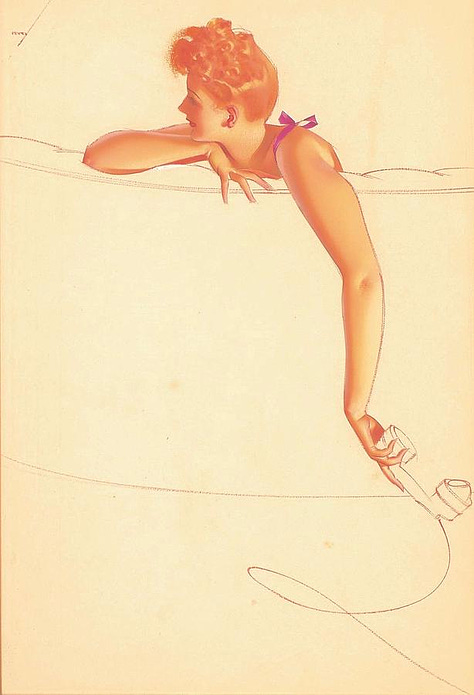In 1942, a young pilot named Robert Morgan was assigned to fly a B-17 bomber during World War II. As he prepared for his first mission, he found himself reminiscing about his girlfriend back home in Memphis, Tennessee. Her name was Margaret Polk, and she had captured his heart with her beauty and charm.
Inspired by his love for Margaret and the popular 1942 George Petty pinup illustration, Morgan decided to name his aircraft after her. He chose "Memphis Belle," combining his girlfriend's hometown with a term of endearment. The name perfectly captured both his personal connection and the spirit of the era.
To complete the tribute, Morgan had a talented crew member paint a pinup girl on the nose of the plane, modeled after a combination of similar Petty illustrations and the famous actress Betty Gable. This nose art became one of the most famous examples of aircraft decoration during World War II.
The Memphis Belle went on to complete 25 successful combat missions over Europe, becoming one of the first heavy bombers to fulfill its tour of duty. The aircraft and its crew gained fame not only for their remarkable achievement but also for the romantic story behind its name.
Was the 1990 Movie accurate?
Yes and No.
Set in 1943, the movie follows the crew of the Memphis Belle as they prepare for their 25th and final mission over Nazi-occupied Europe. If successful, they will be the first American bomber crew to complete their tour of duty and return home as heroes.
The film introduces us to the young crew members, each with their own personalities and backstories. We see their camaraderie, fears, and hopes as they face the daunting task ahead. The mission itself is fraught with danger, including intense aerial combat with German fighters and heavy anti-aircraft fire.
Throughout the mission, the crew faces numerous challenges and close calls. They must navigate through enemy territory, deal with mechanical issues, and support each other through moments of doubt and fear. The film builds tension as the bomber pushes towards its target, a German aircraft factory.
In a climactic sequence, the Memphis Belle sustains heavy damage but manages to complete its mission. The crew must then struggle to return to base with their badly damaged aircraft. Against all odds, they make it back to England, cementing their place in history.
While based on a true story, the film takes creative liberties with historical events to create a dramatic narrative that honors the bravery of bomber crews during World War II.
We see this all the time in war movies.
The movie was definitiely dramatized but they held true to what MANY B-17 crews experienced. If you watched Masters of the Air, and our review of the mini series, then you will know that many of these Hollywood productions end up creating a composite of different real world people, events, and disasters.
Timelines often get compressed just so that someone like Steven Spielberg can fit 5 years of war into a 90 minute movie.
After the War
Margaret traveled the United States with her fiancé and the Memphis Belle crew after the aircraft returned home. War Bond tours were important to the war effort and we like to think that Margaret was excited to be able to do her part.
Although unlike many movies…the famous romance didn’t last. Nobody really knows what ended their relationship but one can imagine that they had been in a prolonged ‘honey-moon’ phase both befor and after the war. After that wore off…who knows?
Though Robert Morgan and Margaret Polk's relationship didn't last beyond the war, the legend of the Memphis Belle lived on, symbolizing the courage, dedication, and touch of home that many servicemen carried with them into battle.
Either way, the aircraft legend, the nose art, the movie and all of the legacy that came with those are still alive to this day. A people love it!
One more thing…
If you noticed the nod to George Petty…his art inspired a lot of nose art you may have seen on WW2 aircraft. We put a few examples below you might recognize.



and remember…Chuck Norris once shot an enemy plane down with his finger, by yelling, “Bang!”





